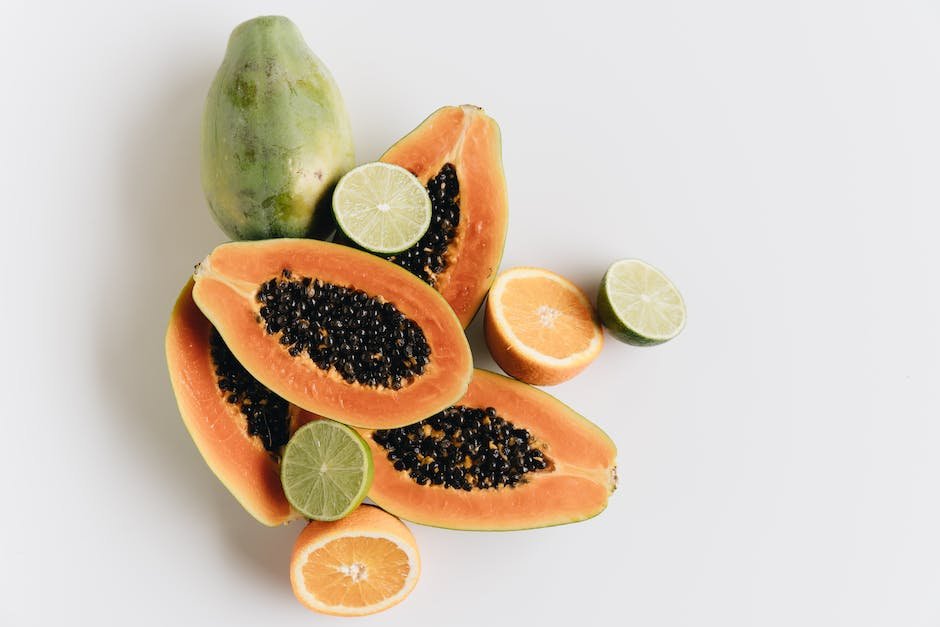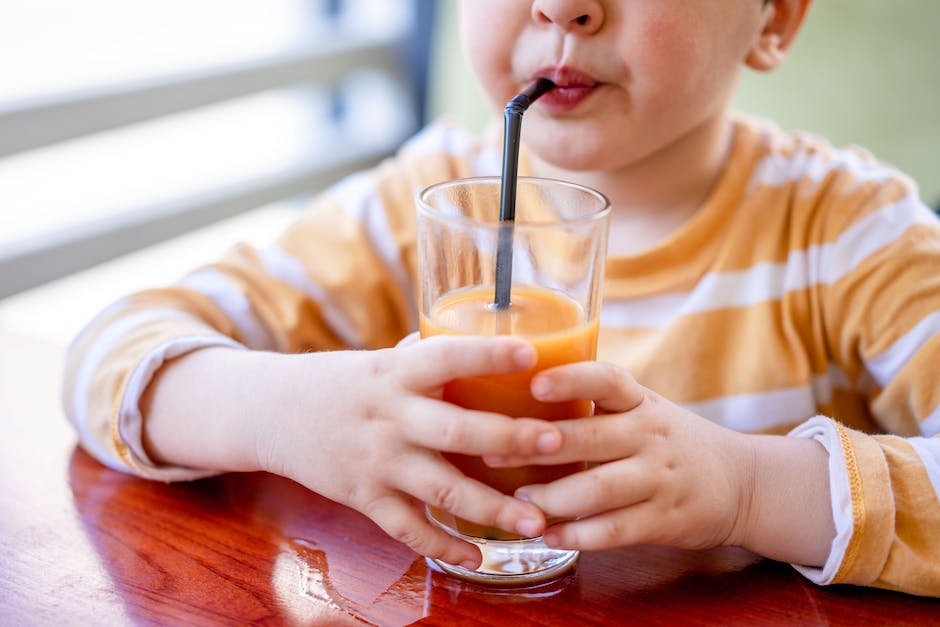Limed is a term used to describe putting a player in the free throw lane with only one defensive player guarding them. This tactic is typically used on players with good free throw percentages, as it increases their chances of scoring.
Liming is also used to describe when a player intentionally misses the basket so that their teammate can grab the rebound and score. This is done if there is little time remaining in the game and you have secured the win.
When playing basketball, it is important to know how many points one lime yields. While this may seem absurd, one lime actually gives you enough juice for two drinks!
Inexperienced players may also underestimate how many limes are needed for drinks, causing them to run out late in the game.
3 lime juicess equal about 1 tablespoon of sugar

Now that you know how much lime juice is in a lime, the next question is: How much juice is in a lime?
As it turns out, there’s roughly 3 drops of juice per segment of the lime. That means there’s about 3 tablespoons of juice in a whole lime!
If you’d like to make your own sugar-free limeade, just mix 1 tablespoon of sugar with 8 ounces of water. Then, squeeze 3 limes into the water and stir until the sugar dissolves. Pour into a glass with ice and enjoy!
If you’re looking for more ways to use limes, check out this article about 20 Ways To Use A Lime That’ll Make Your Life Easier.
You can use lime juice to sweeten drinks

If you have a lot of limes and no food processor or juicer, you can still make use of all that lime juice. You can squeeze limes into drinks to sweeten them instead of using sugar.
Just add about five to six squeezed limes to a glass of water and mix well. You will need to add some extra salt to balance the taste, but it will be delicious!
This works especially well in water, since the flavor of the lime will spread across the entire glass. Try it and see!
You can also use lime juice in recipes that call for lemon juice. Just make sure to proportion correctly so you do not end up with too much acid in the dish.
If you have leftover pulp after juicing the limes, dry them out in a 200 degree F (93 degree C) oven for about an hour to prevent mold from developing on them.
One lime contains about 2 grams of sugar
Now, let’s move on to limes. One lime contains about two grams of sugar, which is pretty low. Most of the lime’s calories come from carbohydrate and fat, not sugar.
Although limes do contain trace amounts of vitamin C, it is not enough to compensate for the amount of sugar in one lime. You would need about six limes to get enough vitamin C to combat the sugar content!
Like lemons, most people use just the juice from a lime. Therefore, the carbs and calories are pretty much all coming from the juice. One cup of pureed (or juiced) lime is about eighty calories, so just watch how much you use.
Even though limes are not too sweet, they still have a distinct flavor.
One lime contains about 11 calories
Now that you know how many limes equal one cup, you can also find out how many calories are in one lime!
One lime contains approximately 11 calories. Consume limes as part of your weight-loss plan, or as a healthy snack. You can also use fewer limes when making recipes, as it will still add delicious flavor.
Limes are a medium-sized citrus fruit. Like oranges, there is both a Valencia and Navel type of lime. They are typically yellow in color, with a thin skin and thick flesh.
The average lime weighs about 72 grams, containing about 12 grams of sugar. Unfortunately, most limes contain some amount of pesticides. Luckily, you can buy organic limes to avoid this.
Limes are a great source of vitamin C

Although limes do not contain any vitamin C, they do contain limonin, which is a nutrient that your body uses to make vitamin C. You can use limes as an ingredient in recipes or to add some extra nutrition to your drinks.
Limonin is also known as citrus anticalcarial, which means it prevents calcium from depositing in your blood vessels and organs.
This is why lime juice can be beneficial for healthy bone density. According to one study, participants who drank approximately 500 ml of lime juice per day for eight weeks had lower bone turnover than those who did not consume the lime juice.
However, you should remember that vitamin C is water-soluble, which means that it cannot be stored in the body. Therefore, you need to get enough daily to maintain healthy levels. 1 cup (250 ml) of plain yogurt contains 8 grams of vitamin C; 1 medium orange contains 4 grams; 1/2 lemon contains 2 grams; and 1/2 cup (125 ml) of lime juice contains 2 grams of vitamin C.
They contain small amounts of other nutrients
Although limes do not contain a large amount of any nutrient, they do contain a small amount of other nutrients. They contain vitamins A and C, as well as magnesium and manganese.
Vitamin A is helpful for your immune system function as well as vision function. Vitamin C is important for collagen production, helping with skin and wound healing.
Magnesium helps with metabolism and nerve and muscle function, while manganese plays a role in DNA synthesis. All of these vitamins and minerals are helpful for health!
The USDA nutrition database does not have values for lime juice, but you can check how much of these nutrients lime slices contain here.
Unfortunately, one of the downsides of citrus fruits like limes is that they tend to go bad quickly. If you do not use all of the juice or all of the fruit before it goes bad, you may want to freeze it for later use.
Lime juice keeps fruits from changing color
If you’re making a fruit salad, you can add lime juice to keep the color of the fruits from changing. When lime juice is added to a mixture of fruits, the fruit does not turn an odd color.
This is a great tip if you have kids who dislike certain colors of fruits. By sprinkling lime juice over the fruits before serving them, you are guaranteed they will like their salad!
If you like your salads with lots of flavor, then adding lime juice is a perfect way to do so. It also adds some health benefits as well!
To get the most out of your limes, cut them in half and microwave them for 30 seconds. Then grab a spoon and enjoy the lime butter you just got. You can also freeze any left over limes and use them in recipes later on.
Lime juice is a great flavor addition to many foods and drinks
Lime juice is a flavor most people are familiar with, as it is widely used in food and drink. Lime juice can be added to many recipes to add a slight citrusy taste.
Many recipes call for lime juice as an ingredient, so it is a good idea to have some in the fridge at all times. You can buy limes in bulk at the grocery store, and squeeze some into water as a refreshment.
Besides adding flavor, lime juice has several uses in beauty and household care. A few drops of lime juice on your nails before applying nail polish will set it in place and help it last longer. You can also use a diluted solution of lime juice as a bleach for your sheets or towels to restore their brightness.


















